Regulations and recommendations to implement a complete fire protection plan in this type of technological spaces.
By Jaime A. Moncada*
The uninterrupted use of a data center or any facility with information technology (IT) is always expected, and in many cases vital, and damage to one of these facilities, such as that caused by a fire, can be catastrophic.
Just think of our daily lives, of almost everything we do, of our work in the office, when we make a purchase or visit the bank, when we go to the airport, when we are distracted by surfing the internet, when you read this article online, all of this requires electronic information management centers, which make all these things work quickly and efficiently.
The increasingly fast speed of exchanging this information, allowing us to communicate from our personal computer with a data center on the other side of the world, in fractions of seconds, as well as the increase in data storage capacity and computing speed, have revolutionized our world.
Data centers include equipment that is expensive and sophisticated, that is susceptible to damage, that can take a long time to replace, and that when it doesn't work, its lost profits cost a lot of money. Data center components can be affected by high temperatures, steam, and combustion products from a fire.
Although there are a wide variety of equipment and differences in their points of failure, laboratory tests have shown that: at temperatures above 49°C, permanent damage can begin; magnetic tapes can lose information at temperatures above 52°C; hard drives are damaged when there are sustained temperatures of 66°C; equipment components begin to fail at a temperature of 79°C, with main equipment failures between 149°C and 200°C; microfilm begins to damage at 107°C when there is high humidity; Even paper can be damaged at temperatures around 177°C.
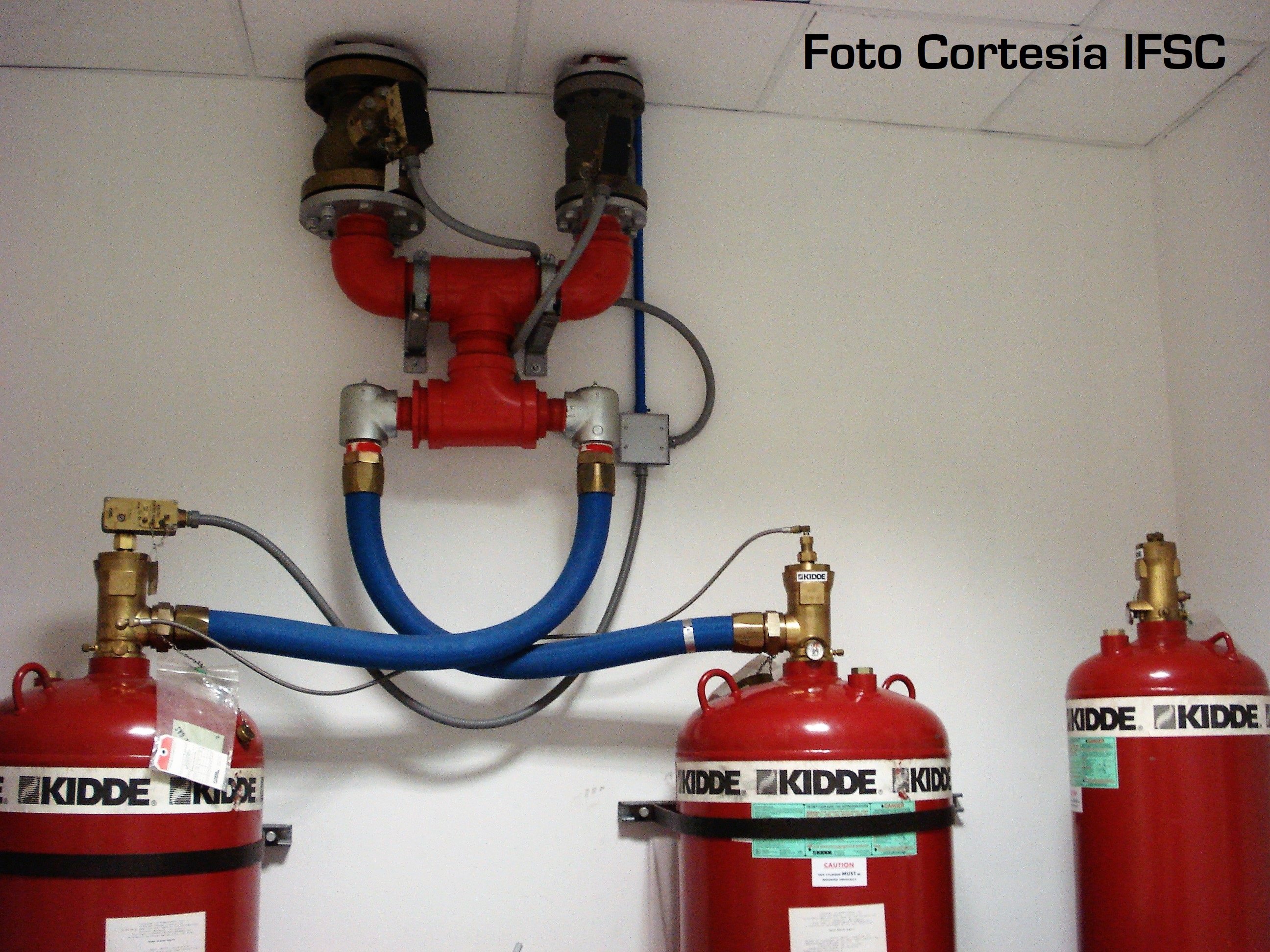
Cylinders of suppression systems with clean agents, including a reserve tank. Photo courtesy IFSC.
Fire Safety: NFPA has developed NFPA 75, Standard for the Protection of Information Technology Equipment, which includes requirements for the fire protection of both IT equipment and the areas that contain such equipment. This standard includes requirements on the construction of the computer center, the equipment allowed inside the room, the fire suppression and smoke detection systems, among others. In our region, the most common procedure for data center fire protection is for the user/operator to directly contact a fire system installer, who typically suggests the installation of a clean agent extinguishing system and a conventional smoke detection system, without consideration of any additional fire safety elements.
Although it has become a little more common, it is rare that after the installation of the clean agent extinguishing system, a check of the integrity of the enclosure is carried out. We will expand on these topics below:
Checking the integrity of the room: If the IT room is protected by clean agents, it is required that the room has a leak test through a specialized test called "door fan test", a test that should be carried out by personnel independent of the installer and certified in these tasks. The objective of this test is to certify that the enclosure where a clean agent has been fired by total flood contains the gas for an adequate time to guarantee extinction and prevent the re-ignition of the fire. I dare say that a low percentage of the enclosures protected with clean agents in Latin America have been tested for watertightness. My experience also tells me that the vast majority of venues fail the integrity test the first time they are tested.
After the openings are identified and sealed, enclosures usually pass a second test. This should be alarming to all those who have invested significant sums of money protecting their facilities with clean agents. I suggest that they hire a fire protection consulting firm (independent of the installer of the equipment), to perform a leak test on each protected enclosure with clean agents and in the process do an evaluation of the data center in accordance with NFPA 75.
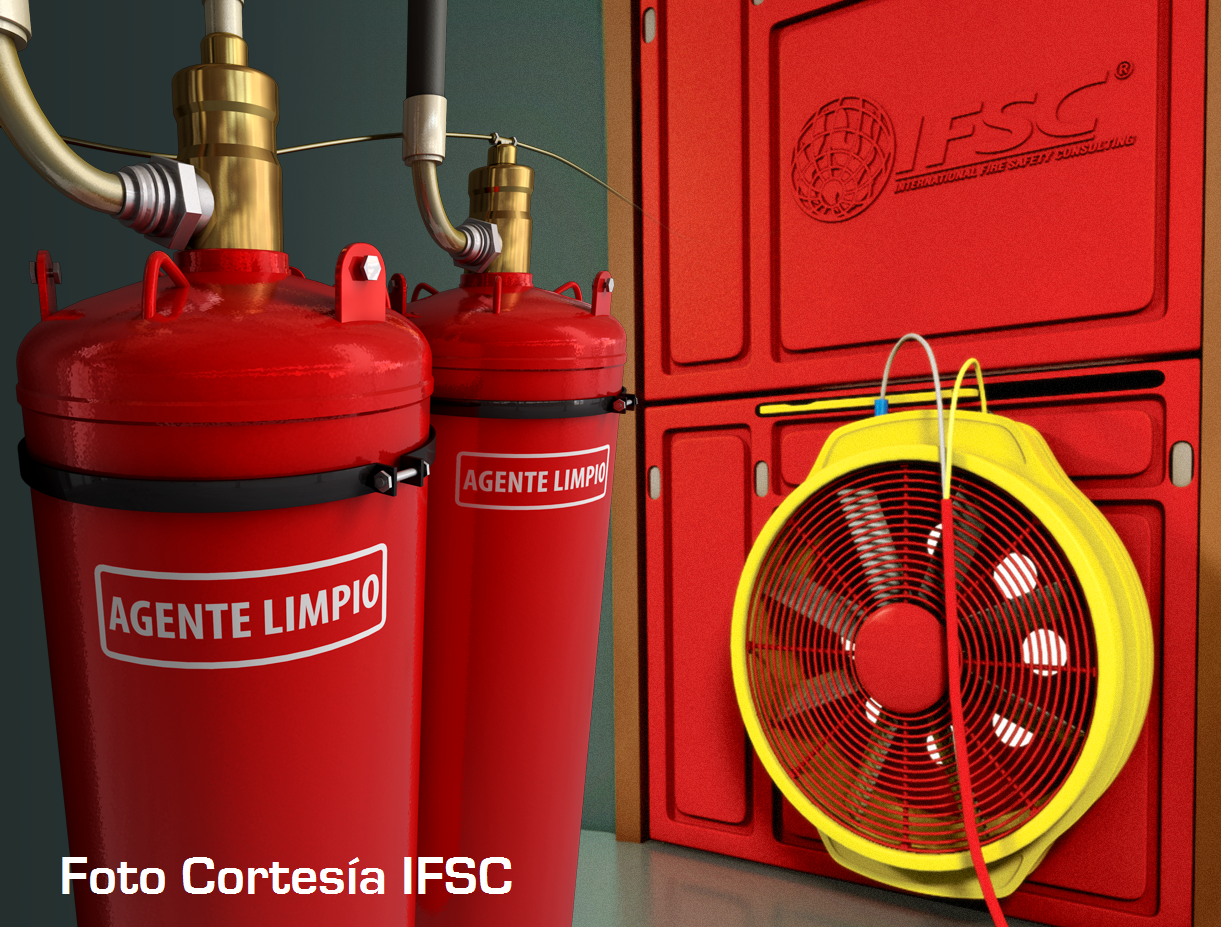
Door fan used in the leak test of enclosures protected with clean agents. Photo courtesy of IFSC.
Fire detection: Another recurring problem is the initiation of the fire alarm, as many data centers are protected with conventional smoke detectors, either ionic or photoelectric. The combustion products coming from the wires that are contained in these rooms are the main enemy. The typical fire is one that has very little energy and develops slowly. As a result of this problem, much faster detection systems than conventional photoelectric or ionic detectors are required today, and as a result of this need, very early warning detectors (called VEWFD) and early warning detectors (EWFDs) appeared on the market. Air sampling or laser-type detectors meet these criteria and are therefore needed today in data centers, and incidentally, in telecommunications rooms as well.
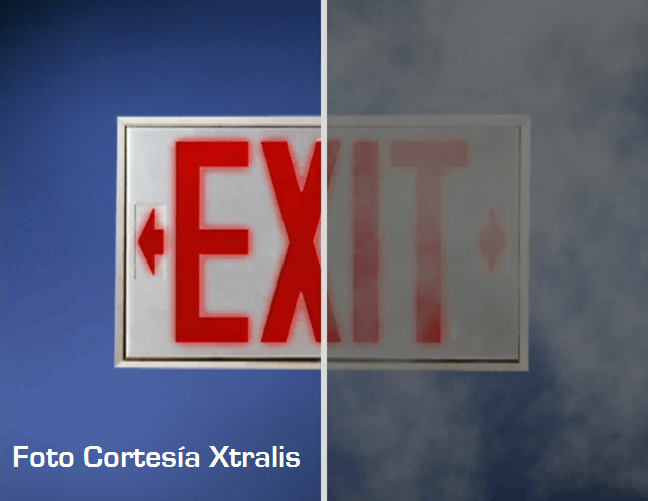
Smoke obscuration level with an air sampling detection system on the left side versus a conventional smoke detector on the right side. Photo courtesy of XTRALIS.
Compartmentalization and interior finishing: The compartmentalization of the data center is another aspect that has received little attention in our region. Generally speaking, the data center should have a fire resistance of at least 1 hour. How many data centers have you seen with glass windows? This also means that all openings (cables, ducts, pipes) must be sealed with intumescent materials certified for the fire enclosure. Furniture must be of metal construction, trash receptacles must be self-extinguishing, ceiling and wall finishes must be Class A, and flooring must be Class I, both in accordance with NFPA 101.
There are also increasingly stringent requirements on the construction of information technology equipment to ensure that a fire does not spread beyond the frame where the ignition source is located.
Extinguishing method: The extinguishing method in the data center is another aspect that requires further care and evaluation, especially with the phase-out of production of the FM-200 and NOVEC 1230. As I mentioned earlier, if we listen to the companies that sell and install fire protection systems, it seems that the fire protection of these types of enclosures is already predefined with clean agents.
But is this required by the NFPA regulations? I must remind almost all data center users that this conclusion, namely the use of clean agents, has been formulated by your discussions with the clean agent provider. It's like having an illness and going to the pharmacy instead of going to the doctor. The pharmacist will always find a drug that is on the shelves of the pharmacy, but this is not necessarily the best solution to the disease. So let's take a closer look at data center protection.
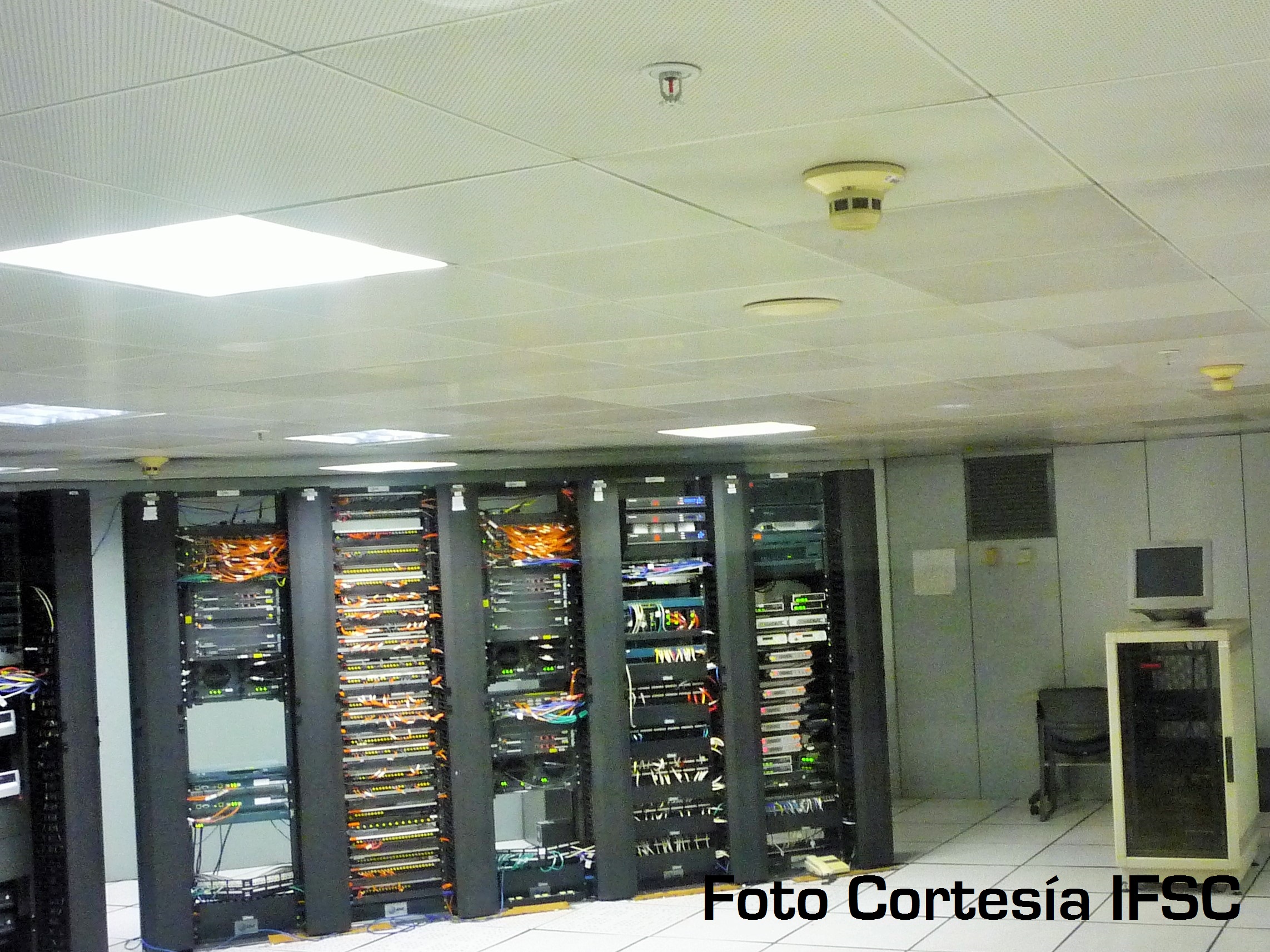
IT room protected with pre-action sprinklers. Photo courtesy of IFSC.
NFPA requires, in most buildings where there are IT rooms (which are typically tall or large buildings), that these buildings be protected with automatic sprinklers throughout their full width and length. NFPA is also emphatic in indicating that, in this type of building, the IT room or data center should also be protected with automatic sprinklers. Yes, the building has to be protected with sprinklers. This is shocking to the Latin American user, but this recommendation is based on decades of experience where the problems that many, especially the proponents of clean agents, afflict automatic sprinklers are based on arguments that have no statistical or technical support, and are in the end simple conjecture.
The most common sprinkler systems in this type of occupation are the so-called pre-action systems, which are extremely safe and prevent accidental discharge of water. NFPA allows false floors to be protected with automatic sprinkler systems, carbon dioxide-based extinguishing systems, or clean agent-based extinguishing systems.
What should be clear is that NFPA does not allow the removal of automatic sprinklers, if the building requires this type of protection. In other words, clean agent protection does not exempt the need to install automatic sprinklers in the data center. In other words, clean agents can be installed in addition to sprinklers. On the other hand, in buildings where sprinklers are not required, NFPA requires IT areas to be protected with sprinklers, clean agents, or both.
I also suggest that data center operators who already have protection with FM-200 or NOVEC 1230, consult with a consulting engineer in fire protection, who is obviously independent of an installer, to advise them on the changes that are currently occurring in the market with the decision of several manufacturers to reduce production or cease production of these gases because they contain PFASs.
Many data centers in the region, for example, meet or would like to meet the requirements established in TIA-942, Standard for Data Centers as part of Telecommunication Infrastructure. This standard establishes levels of protection (called Tiers), where the most common levels are Tier III and IV. These levels of protection require pre-action sprays, more clean agents, and early warning detection. With this I want to emphasize that fire protection with sprinklers in IT rooms is neither new nor far-fetched, but simply a little-known method of protection in Latin America.
I reiterate once again, and before concluding, that the success of the fire safety strategy in a data center, begins with the evaluation of a consulting engineer in fire protection who seeks the congruence of several elements, such as prevention, compartmentalization, interior construction, early detection and alarm, smoke suppression and evacuation, which all chained together and in strict compliance with NFPA regulations. They are the ones that provide an acceptable level of fire safety in a data center.
Footer:
1.NFPA Fire Protection Handbook, 19th Edition, p. 8-61.
2 From 1962, when the first standard was adopted, until 2003, this standard used the terms "electronic computers and data processing", which were replaced in subsequent editions by a more precise term such as "information technology".
3 Clean agents are a non-electrically conductive, volatile, gaseous extinguishing substance that leaves no residue after evaporation. Clean agents replace halons. The most commercially known clean agents are FM-200, Inergen, Novec-1230 and ECARO-25.
4 A sprinkler system that uses automatic sprinklers connected to a pipe network containing pressurized air instead of water, which is connected to a supplemental smoke detection system installed in the same areas where the sprinklers are. The activation of the smoke detection system allows, through an automatic valve, the entry of water into the pipe network and consequently, the water in the pipes would only be applied to the burning areas, due to the thermal activation, one by one, of the automatic sprinklers. It is therefore impossible for the rupture of a sprinkler or a pipe to cause random water damage to protected areas.
5 Perfluoroalkyl substances for which scientific evidence is adduced that these substances pose a health risk
 Jaime A. Moncada, PE is a principal at International Fire Safety Consulting (IFSC), a fire protection engineering consulting firm based in Washington, DC. and with offices in Latin America. He is a fire protection engineer graduated from the University of Maryland, co-editor of the NFPA Fire Protection Handbook, Vice President of the Society of Fire Protection Engineers (SFPE). Mr. Moncada's email address is [email protected].
Jaime A. Moncada, PE is a principal at International Fire Safety Consulting (IFSC), a fire protection engineering consulting firm based in Washington, DC. and with offices in Latin America. He is a fire protection engineer graduated from the University of Maryland, co-editor of the NFPA Fire Protection Handbook, Vice President of the Society of Fire Protection Engineers (SFPE). Mr. Moncada's email address is [email protected].


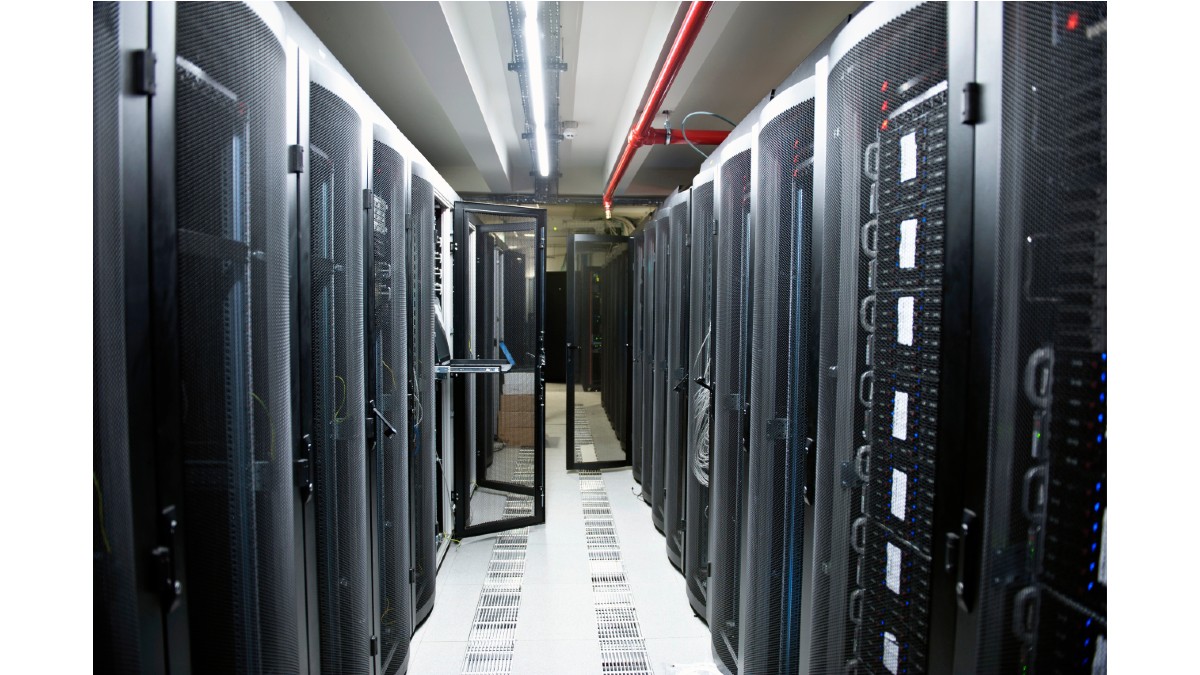























Leave your comment